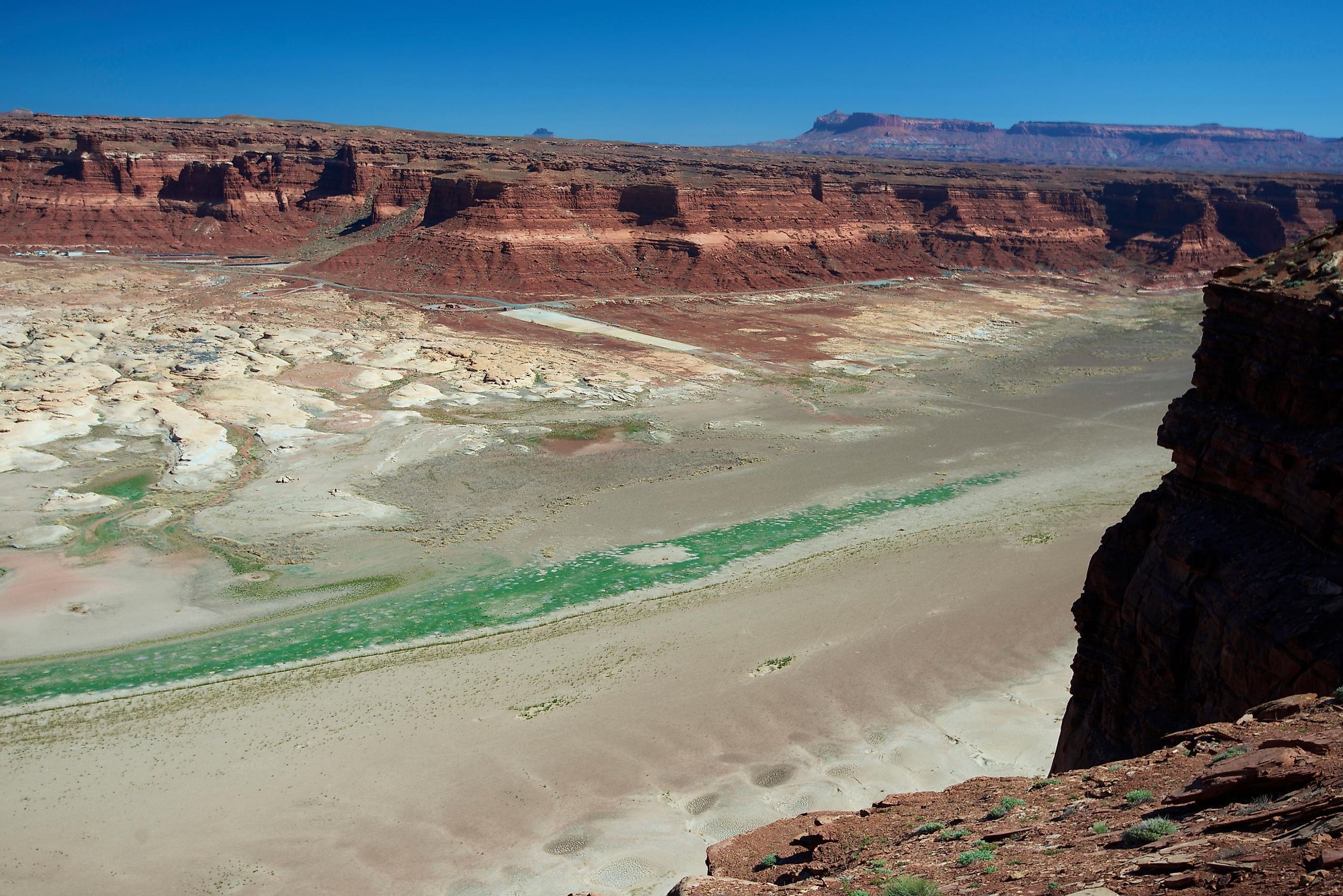
The 10 Fastest Dying Rivers Of The United States
Rivers are a vital natural resource for food, drinking water, energy, and, foremost, host to wildlife habitats with many threatened and endangered species. With waters already heating up from climate change, human development and careless actions debilitate the integrity of the rivers to a critical state. Rivers now depend on people to be brought back to life or face extinction.
These ten extremely endangered rivers in the US (according to American Rivers require immediate restorative efforts and powerful movement to preserve the essential waters for a shared future on the planet.
1. Colorado River
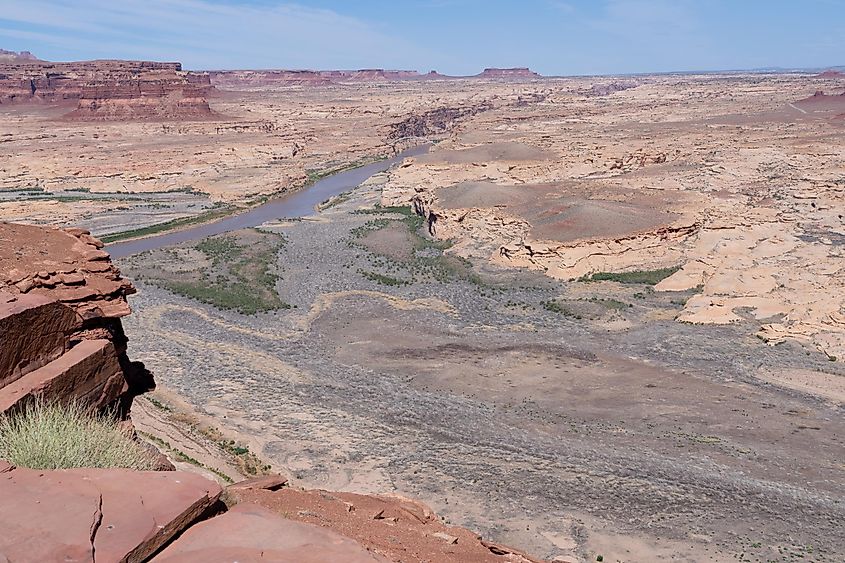
The most endangered river in the United States stretches for 1,450 miles. Colorado River supports over 40 million people in the West with drinking water, irrigation, and electricity. It is also the region's backbone for agriculture and a cultural focal point of faith.
The two largest reservoirs of this river, Lake Mead and Lake Powell, are dried-up to a record low from climate change. Unprecedented water shortage in the Colorado River forced the government to ration consumption, with seven affected states in the Southwest and Mexico.
The Colorado River Basin is "ground zero" for climate change-induced water crisis. At current trends, the region will have to adapt in lifestyle and economy to the "hotter, drier reality in the Colorado River."
The biggest cities affected are Denver, Salt Lake City, Santa Fe, Las Vegas, Los Angeles, San Diego, Phoenix, and Tijuana. There are also nine national parks with over a dozen endangered species suffering from habitat loss and a source of drinking water. Underestimated assumptions and outdated water management made the government overlook the critical situation that there wasn't enough water to meet everyone's needs. The whole river, Lake Powell and Lake Mead may never recover.
2. Snake River
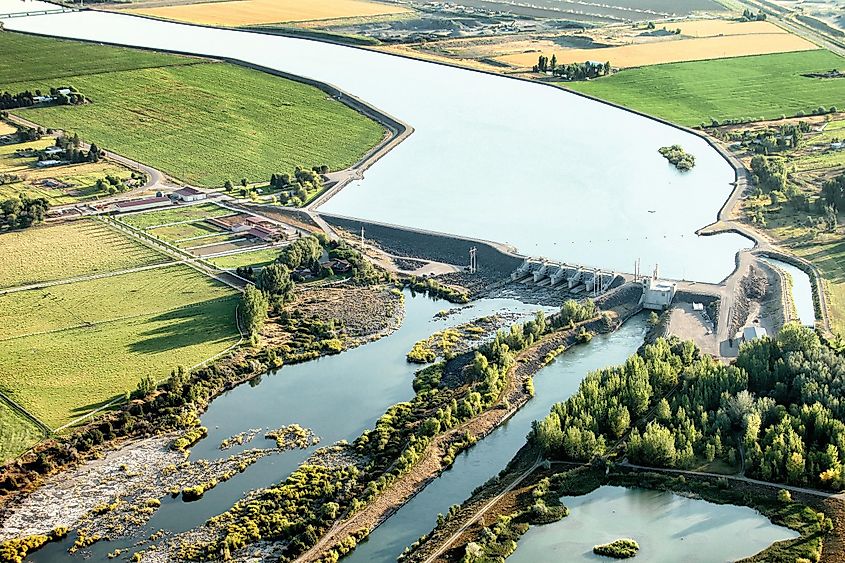
Snake River traverses three Western states (Oregon, Idaho, and Washington), and two Canadian provinces of Alberta and British Columbia. It is considered the most endangered river in the US because of dams. Its four federal dams in the lower reaches threaten the livelihood and future of native salmon population. Half of all the Pacific Salmon in the lower 48 states originates in the Snake River Basin, while the region's fishing industry hanks up $5 billion on an annual basis and covets 36,000 jobs.
The four reservoirs retain and overheat waters that harm salmon's delicate skin and significantly shorten their lifespan. With fishing as a mainstay and plummeting salmon population, the region is teetering economic crisis with a loss of jobs and exports. Moreover, there is a significant Native American population along the Snake River, dependent on salmon for fishing and food. Removing the dams should remedy the situation for wildlife and people.
3. Mobile River
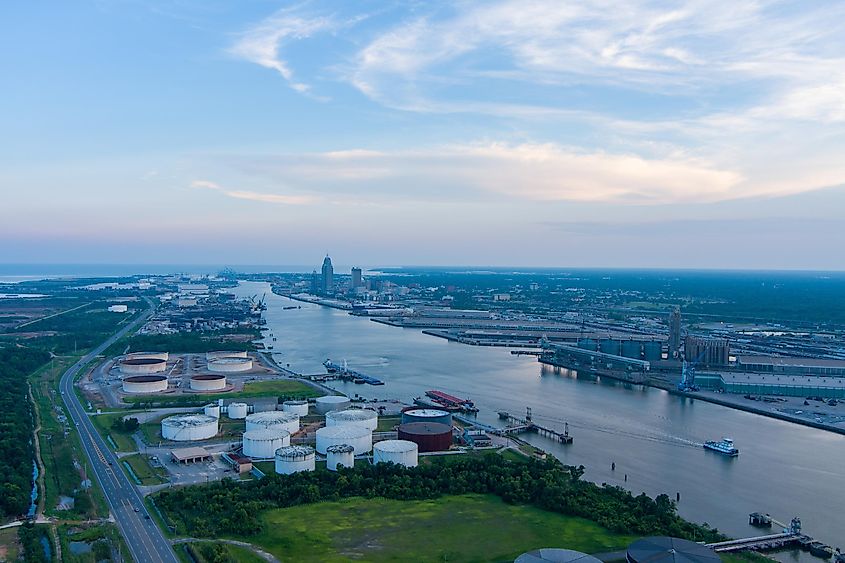
Mobile River flows from the Coosa River through the heart of Alabama and empties into the Mobile Bay Basin in the Gulf of Mexico. The basin houses 14 percent of the US' fresh-water flows and provides most of Alabama's drinking water. The biggest threat to the Mobile River, an abundant biodiversity watershed, is severe mismanagement through pollution and over-usage. The river is plagued by a leak-off from a coal ash pond at Alabama Power's Plant Barry, housing 21 million tons of toxic coal ash. Contaminated waters endanger the health and safety of the habitat, as well as the populace in four states.
The pollution is most threatening to the communities around Mobile-Tensaw Delta, Mobile Bay, the historic Africatown, the City of Mobile, and the Port of Mobile. Upon facing a recent summer drought, Alabama was blamed for "mismanagement" and "waste" of water. Although the state plans to employ water rationing, environmental protectionists are doubtful. Moreover, to remedy the catastrophic pollution and return the river to its clean state, coal ash must be removed from the waters, and the site thoroughly cleaned.
4. Maine's Atlantic Salmon Rivers
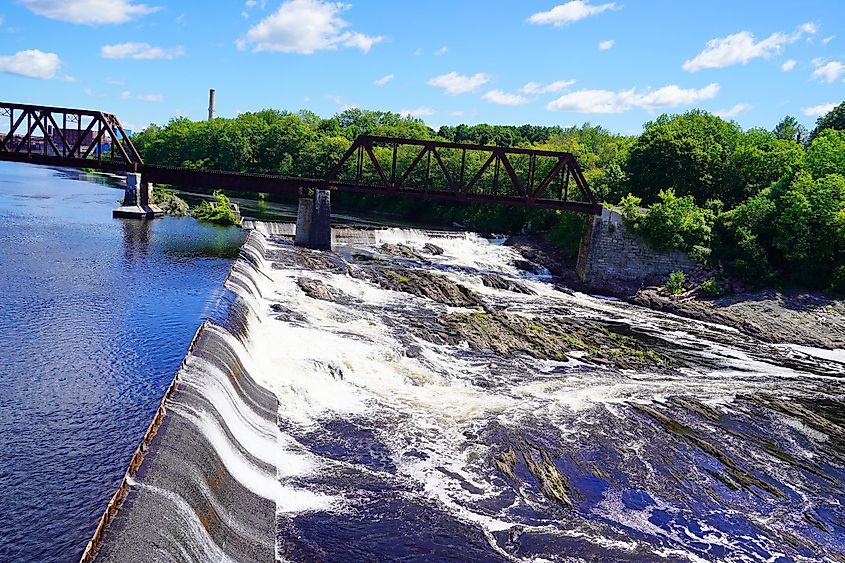
The state, famous for seafood, may soon stop serving fresh-water fish. The state's largest Kennebec, Penobscot, and Union rivers are home to wild, self-sustaining runs of Atlantic Salmon. The rivers and streams in their natural state provide "substantial amounts of climate-resilient, high-quality habitat," where the fish thrives if it can move upstream. The dams block free movement, with once-thriving populations of Atlantic salmon now a threatened species.
Despite the suffering wildlife and fishing industry, Maine and federal agencies are considering renewing dam permits. The rivers must be restored to their healthy state to save the last of the salmon by re-connecting the flow. Removing the dams will save the economy's backbone while ensuring the well-being of those who depend on salmon for income and food.
5. Coosa River
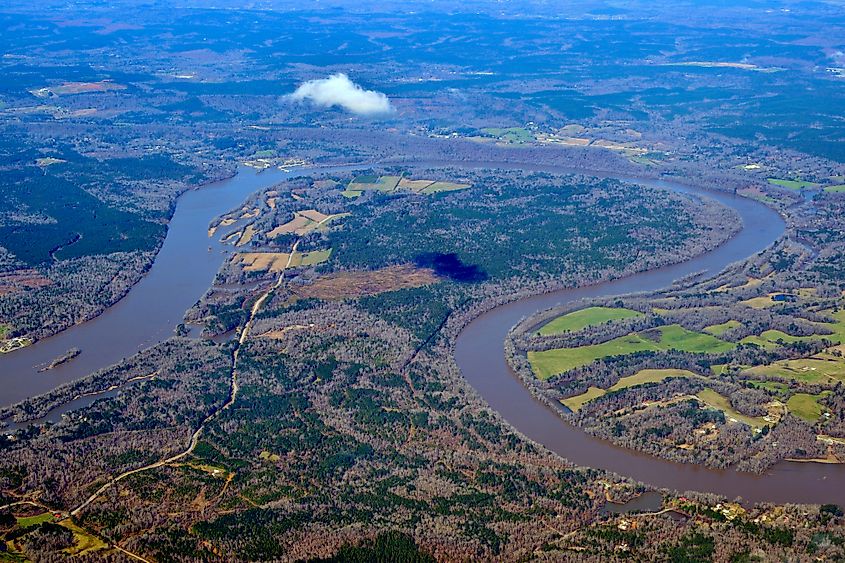
The Coosa River houses a significant chunk of the South's rich biodiversity. It is mainly impacted by dams and further debilitated by pollution from the agricultural sector and surrounding poultry farms. At present, the Coosa River, along with its tributaries, is chock-full of waste run-off from the industry around.
The pollution is threatening the health of habitat and communities around, with contaminated drinking waters affecting Tennessee, Georgia, and Alabama. With so much at stake, the state's authorities are teetering over enforcing the Clean Water Act safeguards. These would provide crucial protection for the river and maintain clean waters for the future well-being of the fish, wildlife, and public health.
6. Mississippi River
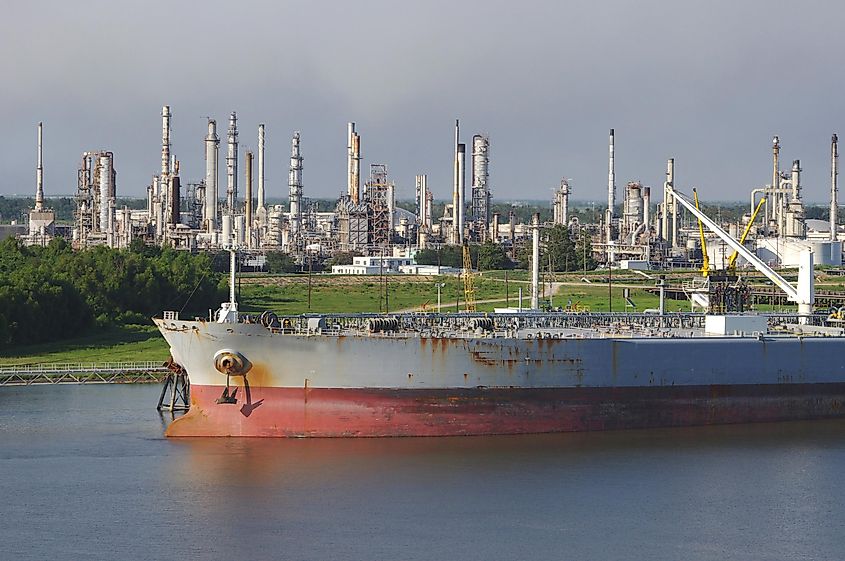
The Upper Mississippi River traverses 1,250 miles from Lake Itasca in Minnesota to join with the Ohio River in Cairo, Illinois, forming the Lower Mississippi River. Normally, the river hosts a hospitable habitat and provides drinking source for millions of people and wildlife. It is facing persistently unchecked sources of contamination that make the waters no longer health-safe.
Wetlands draining and floods further destabilize the region around. The river can soon face irreversible damage from habitat loss and pollution that will affect ten states. To preserve the valuable river, there must be a non-regulatory act for restoring the healthy state, and ongoing conservation program to safeguard the waters for wildlife and drinking.
7. Lower Kern River
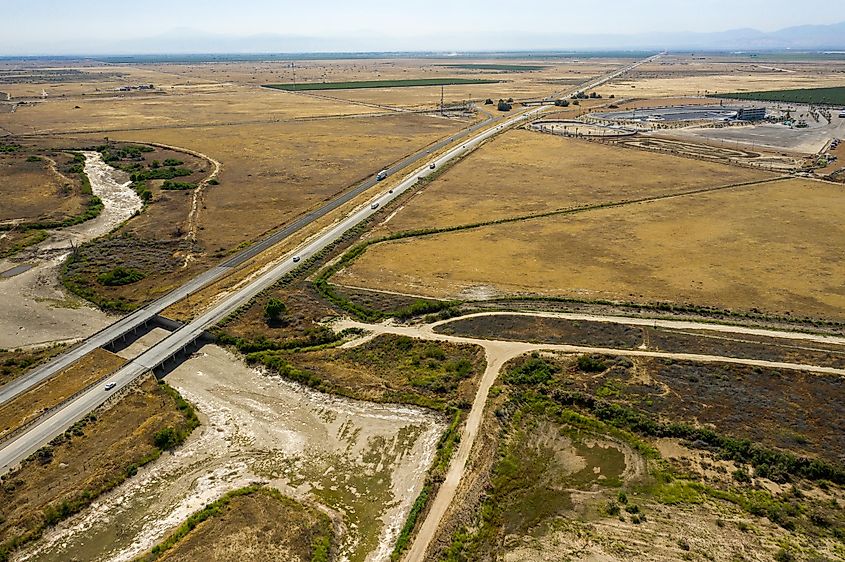
The Kern River runs off the mountains in Central California into the San Joaquin Valley and through Bakersfield. The valley and city are home to vast agricultural plains, diverging the waters to feed crops. Significant water diversions have dried up much of the river's length, making the former beautiful river and recreation galore into a lifeless and dusty riverbed.
The situation is critical for the habitat of several threatened and endangered species of plants and animals in the river. It is possible to bring the river back to life through an act that requires water districts to reduce river usage for agriculture. By adhering to minimum flow requirements, the river can replenish itself and keep providing for the people, fish, and wildlife, or otherwise risk disappearing.
8. San Pedro River
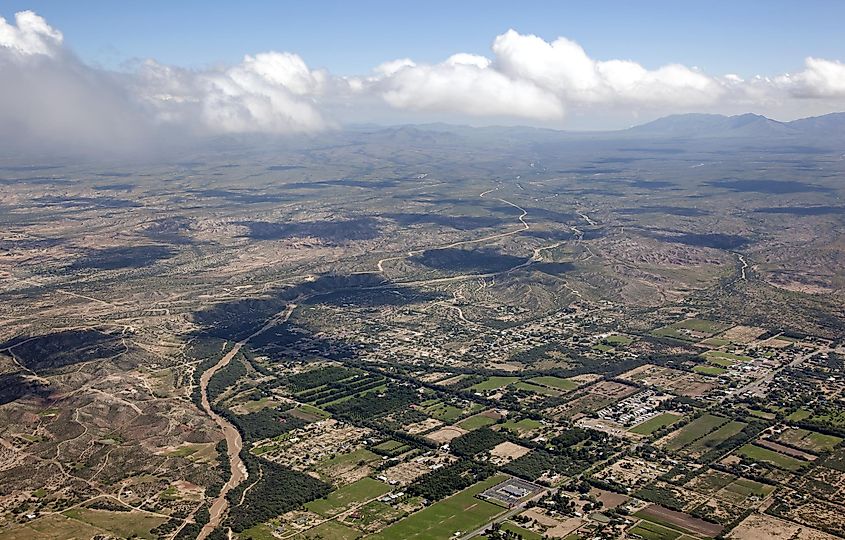
San Pedro River in Arizona is home to one of North America's most biodiverse ecosystems. It is also one of the few major free-flowing rivers remaining in Southwest's desert. The river is affected by excessive groundwater pumping that dried up 94 percent of its waterways, edging San Pedro to meet the same fate. Planned development further depletes the water volume, with the vulnerable river now on the brink of extinction.
Surrounding industries are taking advantage of the recently removed protections over seasonal and intermittent streams, by foolishly withdrawing from the limited water supply. There must be enforced groundwater control to restore the river and a clean-water act to maintain healthy habitat and drinking supply for the surrounding communities.
9. Los Angeles River
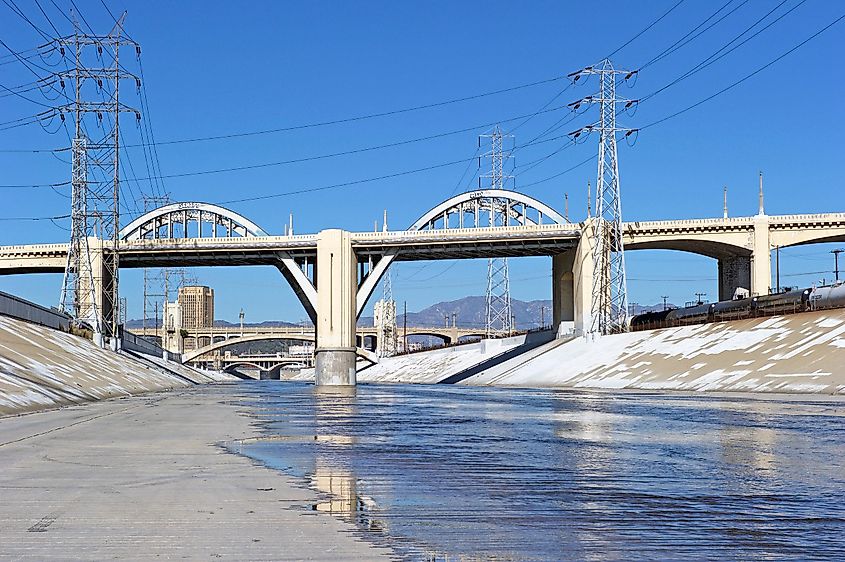
The Los Angeles River, or "LA River," is chockfull of polluted concrete from development along the shoreline. It has already lost 95 percent of its natural breadth and appeal, looking at the world with a dredged face of a flood control channel within an urban scape. The river's critical condition essentially removes benefits from the communities in favor of urbanizing efforts.
Despite its seemingly-hopeless state, LA River stands a chance if the state prioritizes restoring the water flow over concrete and development. With the river facing imminent extinction, this should be a no-brainer that will make the region more climate resilient, save a valuable habitat, and provide equitable community access.
10. Tar Creek
Oklahoma's Tar Creek traverses through the state's Southern Plains, once home to luscious grasslands. The sad-looking dryscape today is one of the US' largest "Superfund" sites calling for immediate remedy. Many decades of mining operations, from the 1880s to the 1960s, left heavy metals in the creek today. The heavily-contaminated Tar Creek requires serious clean-up efforts to restore the river and replenish the dried-up region.
Tar Creek's worsening state greatly concerns the Indigenous and other communities as a drinking source. It is not enough to hang the "Superfund site" title without action on improving the water's quality while the creek is slowly inching to extinction. Communities must work together with the state to galvanize the best solution for cleaning the creek from pollution to safeguard public health.
| Rank | River | Threat |
|---|---|---|
| 1 | Colorado River | Climate change, poor water management |
| 2 | Snake River | Four federal dams on the river |
| 3 | Mobile River | Contamination by coal ash |
| 4 | Maine's Atlantic Salmon Rivers | Construction of dams |
| 5 | Coosa River | Run-off from agriculture polluting the river |
| 6 | Mississippi River | Pollution |
| 7 | Lower Kern River | Excessive withdrawal of water |
| 8 | San Pedro River | Excessive pumping water, loss of protection |
| 9 | Los Angeles River | Pollution, developmental activities |
| 10 | Tar Creek | Pollution |
Unfortunately, people have "shot themselves in the foot" with climate change, piled on by selfish and careless actions towards river habitats. From development to pollution and over-usage, these rivers face near-future extinction, with relevant economies and a priceless environment at stake.
Leaders must work alongside communities to immediately revitalize the beautiful rivers into thriving and healthy habitats with clean water. Rivers are interdependent lifelines requiring long-term maintenance to save the environment and safeguard public health.











